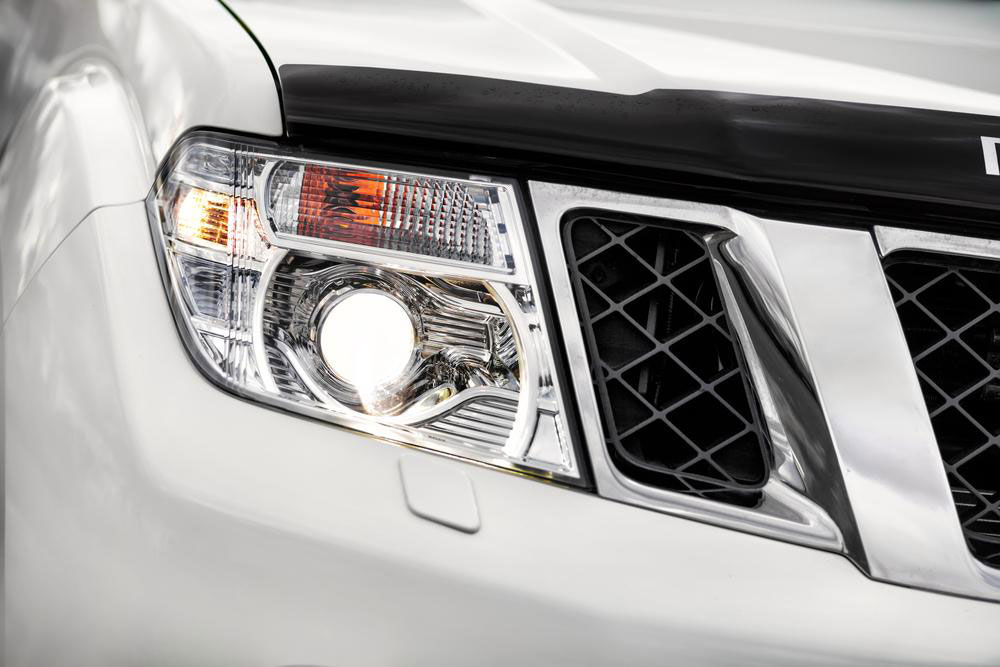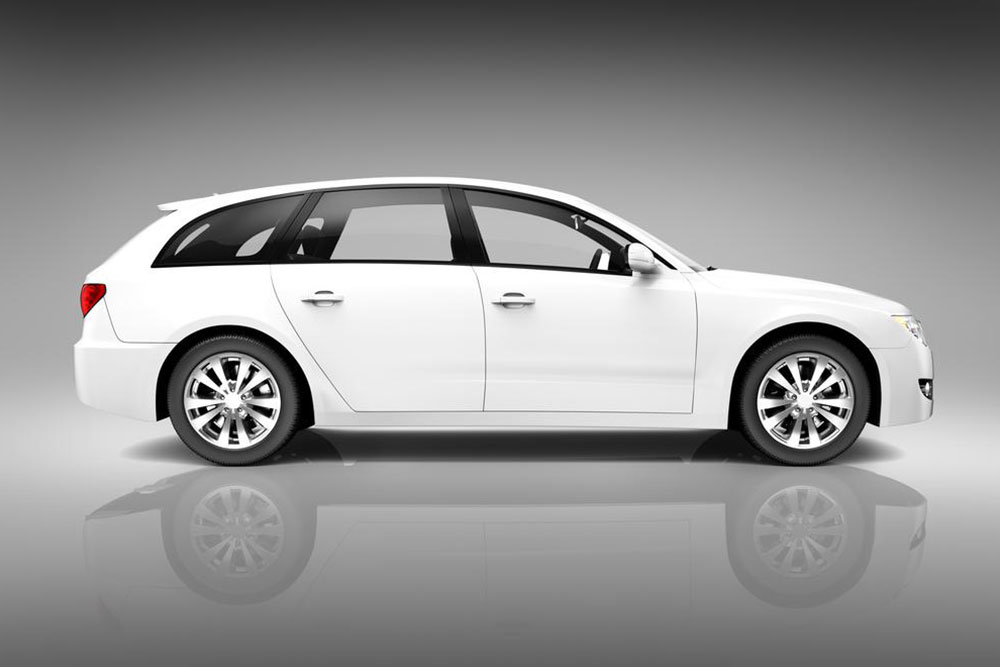The Significant Impact of Leading Automakers on the U.S. Automotive Market
An extensive exploration of how top automakers, including GM, Ford, Chrysler, and international brands like Toyota and Volkswagen, influence the U.S. automotive market. The article highlights trends in vehicle ownership, export dynamics, competitive strategies, and the drive towards innovation in a highly competitive industry. Learn how these industry giants shape market behaviors, technological advancements, and consumer choices, fostering growth and quality improvements across the American automotive landscape.

The Impact of Major Automakers on the U.S. Vehicle Industry: An In-Depth Analysis
The automotive industry in the United States has experienced profound changes and growth driven by the influence and strategic operations of the major automakers over the past few decades. This article explores the comprehensive impact of industry giants such as General Motors, Ford, Chrysler, and international competitors like Japanese and German automakers on the U.S. vehicle market. We analyze market trends, vehicle ownership patterns, export dynamics, brand reputation, and how these factors shape the landscape of American automotive consumption.
Between 2008 and 2009, extensive research conducted across several key U.S. cities revealed a consistent upward trend in the number of vehicles owned by American households. This rise in vehicle ownership was driven by multiple factors, including increasing population mobility, expanded service networks, and a shift towards personal transportation preferences. As vehicles aged and maintenance infrastructure grew more widespread, Americans became more reliant on cars for commuting, leisure, and daily errands. This dependence underscores the importance of automakers' innovations and their role in enhancing vehicle reliability and customer satisfaction.
Globally, the automotive market saw over 3 million vehicle sales during 2002-2003, underscoring a period of high consumer demand driven by technological advancements, competitive pricing, and expanding consumer credit options. Even during economic downturns, such as the late 2000s financial crisis, vehicle sales remained resilient, with figures exceeding 2.5 million units sold in 2009. Countries like Japan and Germany emerged as key exporters to the U.S. market, with their automotive brands gaining a reputation for engineering excellence and durability.
Japanese automakers, including Toyota, Honda, Nissan, and Subaru, seized significant market share by emphasizing reliability, fuel efficiency, and innovative technology. Their vehicles quickly gained popularity among American consumers, creating strong brand loyalty and shaping the competitive landscape. German automakers such as Volkswagen, BMW, and Mercedes-Benz also made substantial inroads by focusing on luxury, performance, and advanced safety features.
The 'Big Three' automakers—General Motors, Ford, and Chrysler—have historically played a pivotal role in shaping the U.S. automotive industry. General Motors, founded in 1908, remains one of the largest automobile manufacturers globally, with production volumes surpassing 9 million vehicles annually. GM’s extensive product lineup covers segments from compact cars to full-size trucks and SUVs, catering to diverse consumer needs.
Ford Motor Company, established by Henry Ford in 1903, is the second-largest vehicle producer in the nation, generating around $150 billion in annual revenue. Ford's innovations, including the assembly line production method, revolutionized manufacturing processes, enabling mass production and affordability. The brand’s focus on trucks, SUVs, and innovative technology continues to drive its market presence.
Chrysler, now part of Stellantis, has also cemented its reputation, especially with its Jeep brand renowned for off-road capability. The consolidation of these automakers has heightened competition, which in turn has boosted quality, safety standards, and customer service. As industry competitors push for technological advancements like electric vehicles (EVs), autonomous driving, and connected car technologies, consumers benefit from increased choices and improved vehicle features.
The influence of international automakers in the U.S. market has fostered a highly competitive environment. Japanese and German brands have not only pushed domestic manufacturers to innovate but have also helped diversify the options available to American consumers. This competition has resulted in higher vehicle quality, broader price ranges, and better after-sales services, all contributing to a robust automotive market.
In conclusion, the major automakers—both domestic and international—continue to significantly influence the evolution of the U.S. vehicle industry. Their strategic decisions regarding production, innovation, marketing, and global supply chains shape consumer choices, technological progress, and economic outcomes. As the industry moves towards sustainable energy solutions, including electric and hybrid vehicles, these automakers’ leadership will be crucial in defining the future landscape of automotive transportation in America.





